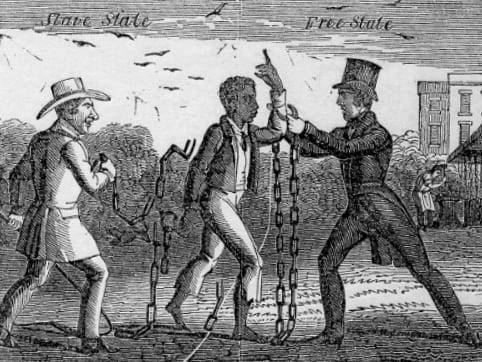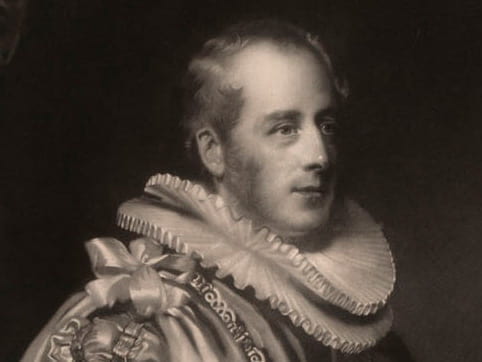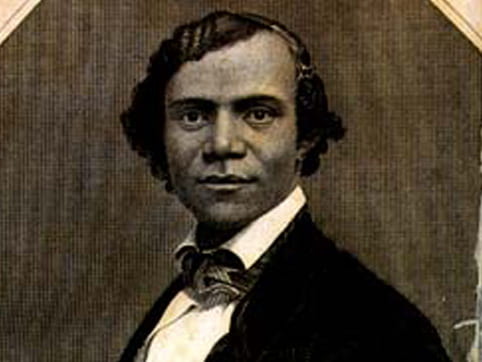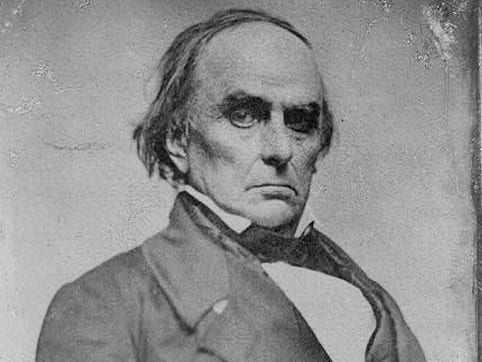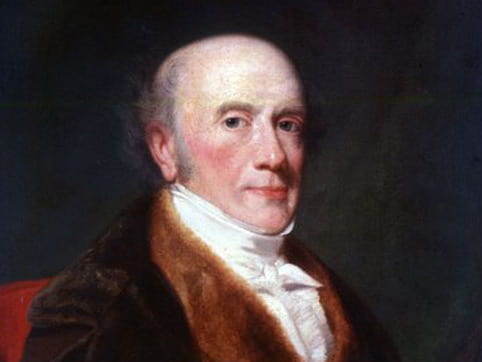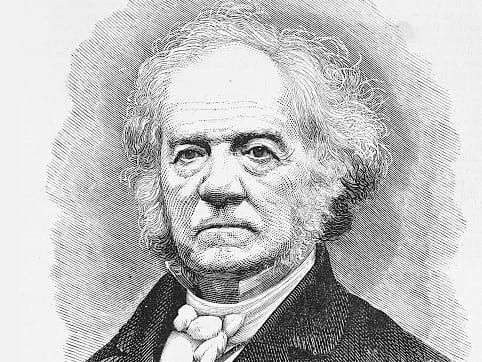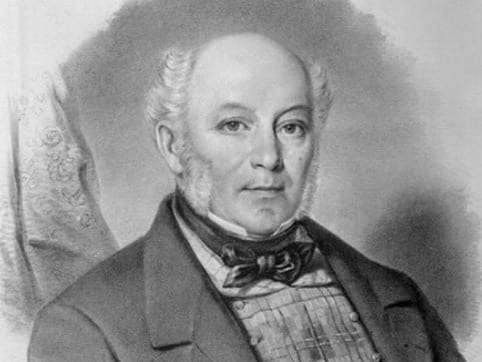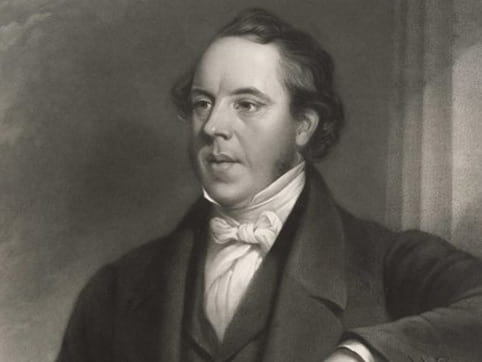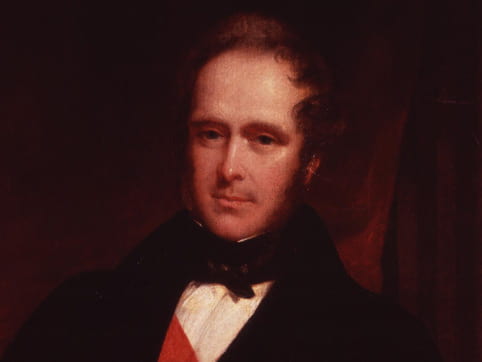Charles Stewart
The leaders of Detroit’s small free black community , also known as the Colored Vigilant Committee, asked Charles Henry Stewart, a white attorney who had been one of the founding officers of the Detroit Anti-Slavery Society, to investigate Hackett’s extradition to see if there were any legal avenues that might secure his release. Stewart obtained a writ from the Michigan Supreme Court that allowed him to speak with Hackett and examine the documents pertaining to Hackett’s case. Stewart and the black leaders concluded, in the words of the Colored Vigilant Committee, that the legal papers had been “correctly made out,” the extradition “had been legally done,” and that Hackett “was a felon.” They worried that associating with such a man would “bring a reproach upon the cause of emancipation” and initially declined to mobilize the community to help Hackett.
The Colored Vigilant Committee reconsidered, though. They considered Hackett’s extradition as threatening Canada’s status as a haven for fugitives and undermining the British Empire’s commitment to the abolitionist cause. If slaveholders could use charges of theft as pretexts for securing the return of fugitives, Canada would become like the free states of the North and “no longer be a safe asylum for our unfortunate brethren who are fleeing from bondage.” The Colored Vigilant Committee ordered that copies of the resolution be sent to abolitionist papers in an effort to make Hackett’s case known to the world.
The Anti-Slavery Society Convention, 1840 by Benjamin Robert Haydon. Stuart is close to the center in this painting.
The Players
Nelson Hackett
An escaped slave who fled to Canada only to be captured and brought back to Arkansas.
Alfred Wallace
The man who claimed to own Nelson Hackett and accused him of stealing a race horse, saddle, coat, 100 £ ($500) in silver and gold coin, and a watch.
Sir Charles Bagot
Soon after assuming office, Governor General Sir Charles Bagot made the decision to send Nelson Hackett back to Arkansas on charges of theft.
Henry Bibb
Henry Bibb, one of the leaders of Detroit’s Colored Vigilant Committee, helped mobilize support for Nelson Hackett.
Hiram Wilson
Hiram Wilson an abolitionist and an American Reverend ministering to Toronto’s fugitive population who visited Hackett at Sandwich.
Daniel Webster
As United States secretary of state, Daniel Webster negotiated the Webster-Ashburton Treaty in 1842.
Lewis Tappan
Lewis Tappan led the American abolitionist effort to amend the Webster-Ashburton Treaty.
Sir Allan Napier MacNab
Sir Allan Napier MacNab presented “Address of the Colored People of Hamilton,” which protested Nelson Hackett’s return to Arkansas, to Queen Victoria and Prince Albert.
Thomas Clarkson
Thomas Clarkson fought to abolish slavery in the British Empire and the international slave trade before turning his attention to Nelson Hackett and the Webster-Ashburton Treaty.
Viscount Palmerston
Viscount Palmerston led the effort in the House of Commons to amend the Webster-Ashburton Treaty to protect fugitives from slavery from extradition.

